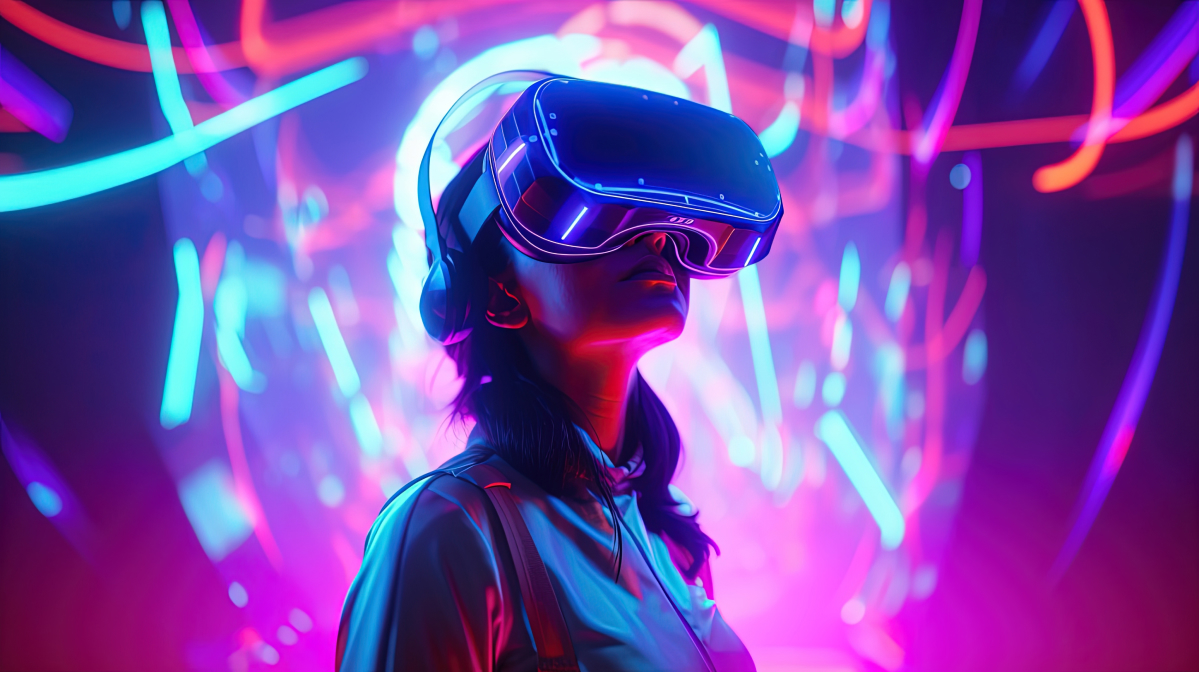Right now, marketers everywhere are fretting over the possibility of “being replaced” by emergent technology and tools. But we need to set aside these concerns. Artificial intelligence is radically transforming the way in which we create and distribute knowledge, and it has tremendous implications for brands and marketers across all verticals.
AI isn’t about replacing jobs. It’s about making our jobs more meaningful.
Already AI is making an impact on how we can target ads and develop creative, but that’s just the beginning. By upending the very nature of how people receive information and how marketers do their jobs, a path has been paved toward a future in which marketers don’t just promote products. Rather, they can create real value and societal solutions.
So, how do we get there?
Moving into Marketing 5.0
As technology and marketing continue to evolve, some have opted to place a name for the current state of things. Philip Kotler, known for his concept of the 4P’s of Marketing has coined a new term: Marketing 5.0.
What is Marketing 5.0?
The concept of Marketing 5.0 is all about leveraging human-mimicking technology (i.e., artificial intelligence) to create, deliver and enhance value across the customer journey. It’s not about replacing humans with AI. It’s about combining their superpowers.
The stars have aligned to make now the perfect time to tap into sophisticated AI tools and concepts to transform how we communicate with customers. Consider:
- People’s needs have changed. Brands have claimed to be “customer centric” for decades, but let’s face it: The customers are struggling. Social welfare is in a state of decline, and if brands want to truly care for their customers, they need to start seriously rethinking how their products and messages deliver value and meet the needs of today’s consumers.
- Regulators are moving to protect consumer interests. Around the globe, regulators are moving to ensure brands are truly putting people ahead of profits. In the coming years, regulations that govern advertising could become akin to those that exist in the tobacco and alcohol sectors. Marketers must get ahead of these regulations and develop new communication models capable of bringing value not just to their bottom lines, but to people’s lives.
- The technology is finally here. AI is now capable of providing tools for loyalty, personalization, optimization and real-time insights that until now have been unimaginable. Algorithms can help us build stronger brands, and they can free up the humans to drive truly transformative change.
How AI Will Create More-Sustainable Brands
Of course, all of this is happening in a hyper-competitive brand environment. Companies are being pressed from all sides to do more with less, all while ensuring they have a strong position in the following areas:
- Return: In a constricted global environment, leading brands must maximize the economic return on investments in marketing and communication.
- Resilience: As the pandemic demonstrated, brand survival depends on the ability to quickly adapt to and navigate major changes outside of a brand’s own control.
- Relevance: Brands must embrace the move toward sustainability and be able to measure and analyze the impact of their behavior on the world around them.
The good news? Big data and AI provide solutions to all of the above challenges. More importantly, they provide a means by which brands can move beyond marketing messages to create truly valuable experiences and content.
Generative AI is already being widely discussed for its creative capabilities. As we move forward, AI is going to play a much deeper role in monitoring, analyzing and using data for decision making. In doing so, it’s going to enable more effective and personalized interactions with consumers, not just in the messaging that reaches them, but also in the solutions offered to solve a person’s problems in a way that’s accessible and affordable for them.
Other AI concepts that brands should be embracing as they look toward a value-oriented future include computer vision and digital twins. Computer vision enables companies to understand, digitize and analyze physical spaces and objects, and leverage the resulting data to make decisions. This can revolutionize the way in which retailers and brands communicate at the point of sale. Meanwhile, digital twins are a digital representation of a physical object, process, service or environment that behaves and looks like its counterpart in the real-world. Importantly, digital twins can leverage AI to run theoretical scenarios to gauge outcomes, enabling brands to use those findings to make real-world decisions in a safer way.
The Future Isn’t Humans vs. AI – It’s Humans + AI
It’s time to move beyond the AI panic. Yes, AI is going to change how we communicate in the future. But it’s not just transforming conventional advertising. It’s transferring investments to the development of high-impact content and real solutions for society.
In short, the future is going to be built for people—and powered by AI.


